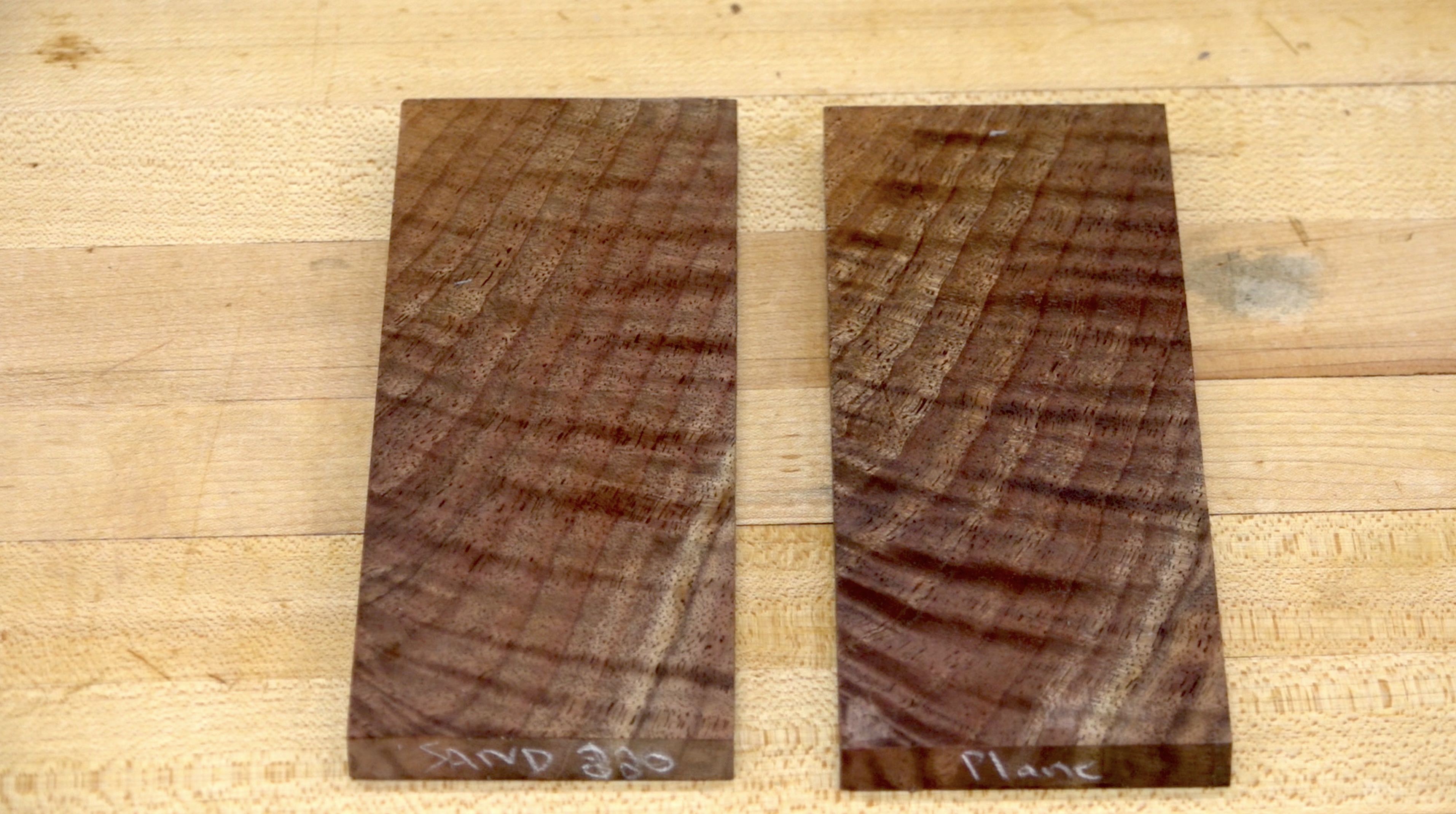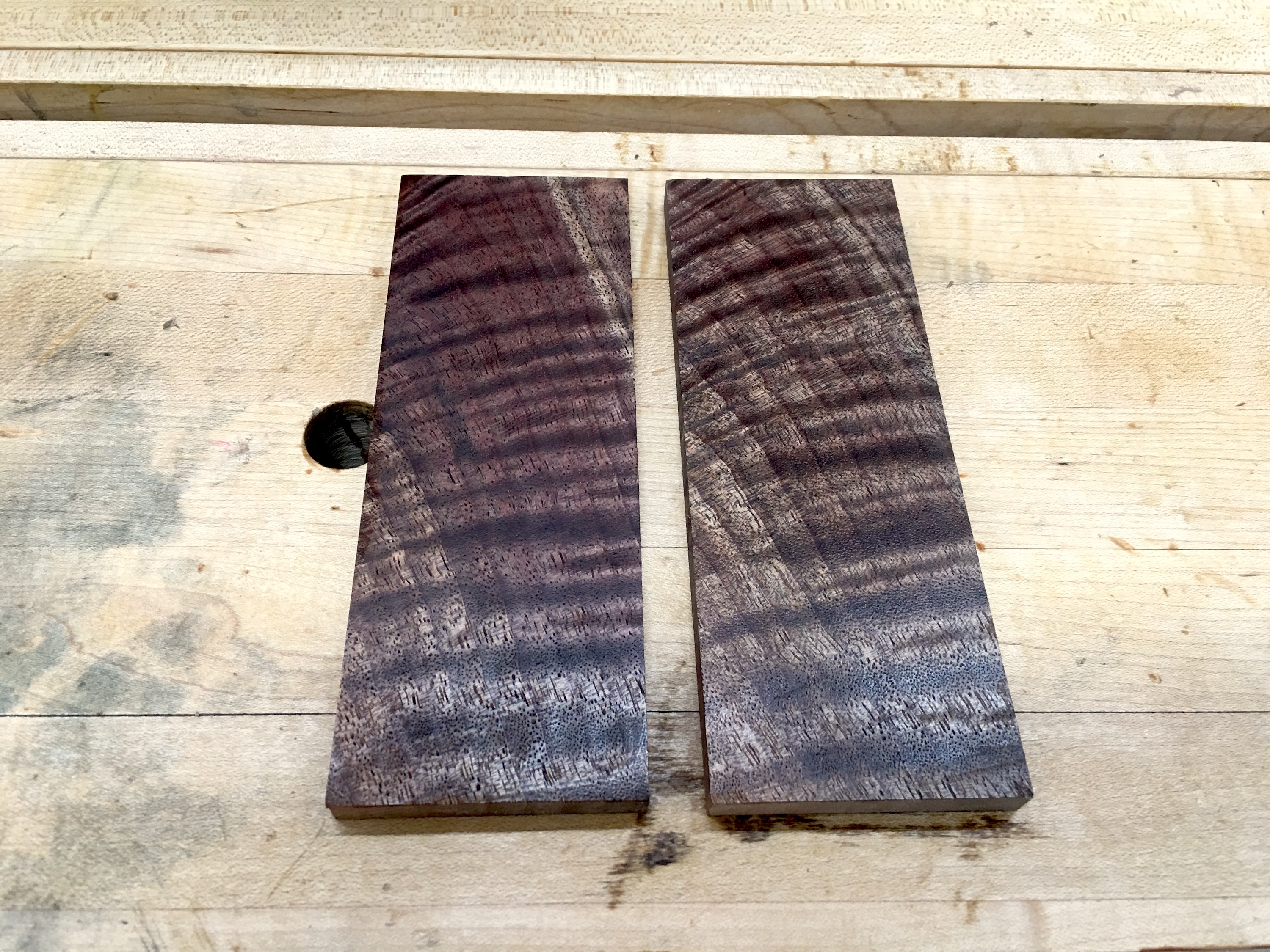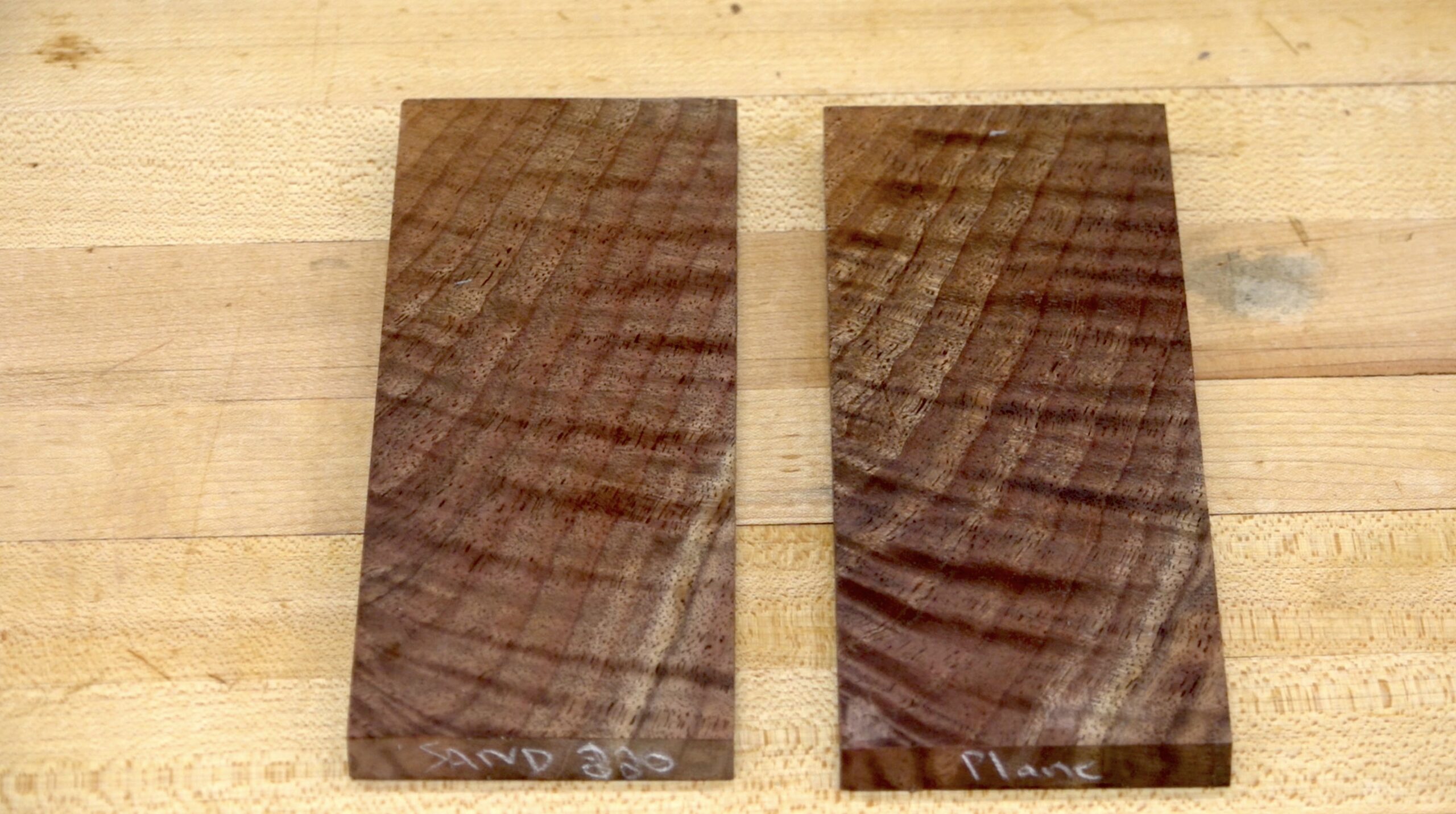Do you sand after hand planing? It’s a question that may have crossed your mind if you’ve ever tried your hand at woodworking. Well, let’s dive into the world of hand planing and explore whether sanding comes after wielding that trusty tool.
Hand planing is a traditional woodworking technique that involves using a hand plane to finely shave off layers of wood. The goal is to achieve a smooth and level surface. But does that mean you can skip the sanding step? Let’s find out!
In this article, we’ll explore the ins and outs of hand planing and whether sanding is necessary afterward. So, let’s roll up our sleeves and get ready to uncover the secrets of this age-old woodworking practice.

Should You Sand After Using a Hand Plane?
Hand planes have been used for centuries as a woodworking tool to smooth and shape wood surfaces. They are an essential tool for woodworkers of all skill levels, but many beginners often wonder if sanding is necessary after using a hand plane. In this article, we will delve into the topic and provide you with all the information you need to make an informed decision.
Understanding Hand Planes: A Brief Overview
Before we discuss whether sanding is required after using a hand plane, let’s understand what a hand plane actually does. A hand plane is a woodworking tool with a sharp blade, called the iron or the plane iron, that shaves away thin layers of wood to create a smooth and even surface. It is commonly used to flatten rough lumber, remove imperfections, and prepare surfaces for a finish or further woodworking operations.
Hand planes come in various sizes and designs, each suited for different purposes. The most common types include bench planes, block planes, and smoothing planes. Bench planes are larger and used for flattening large surfaces, while block planes are smaller and ideal for smaller projects or fine-tuning edges. Smoothing planes, as the name suggests, are used to achieve a smooth and finished look.
Should You Sand After Using a Hand Plane?
The answer to whether you should sand after using a hand plane depends on a few factors. Here are the main considerations to keep in mind:
Surface Smoothness:
One of the primary reasons woodworkers use hand planes is to achieve a smooth surface. Depending on the type of hand plane you use and your skill level, you may achieve a surface smooth enough to skip sanding altogether. A well-tuned hand plane paired with proper technique can create a glass-like finish. In such cases, sanding may not be necessary.
However, it’s important to note that achieving a perfectly smooth surface with a hand plane requires practice and skill. If you are a beginner or if the surface still has visible imperfections after planing, sanding can help achieve the desired smoothness while also removing any remaining marks left by the hand plane.
Wood Quality:
The type and quality of wood you are working with also play a role in determining whether sanding is required after using a hand plane. Softer woods, such as pine or cedar, tend to respond better to hand planes and often require less sanding. Hardwoods, on the other hand, can be more challenging to plane smoothly and may benefit from some light sanding to achieve the desired finish.
Additionally, if the wood surface has any defects or irregularities that the hand plane couldn’t completely eliminate, sanding can be used to level out those imperfections and create a more uniform appearance.
Final Desired Finish:
Another factor to consider is the final finish you want to achieve on your woodworking project. If you plan to apply a natural finish, such as oil or wax, sanding after using a hand plane can help create a surface that readily absorbs the finish and enhances the wood’s natural beauty. Sanding also helps remove any remaining scratches or tear-out caused by the hand plane, ensuring a flawless finish.
However, if you plan to paint or apply a thick finish like polyurethane, sanding may not be as crucial. These finishes can fill in minor imperfections and provide a smooth surface, making meticulous sanding less necessary.
When and How to Sand After Using a Hand Plane
If you decide that sanding is necessary after using a hand plane, here are some tips to help you achieve the best results:
1. Choose the Right Grit:
Start with a coarser grit sandpaper, such as 80 or 120, to remove any prominent imperfections or high spots left by the hand plane. As you progress, switch to finer grits, such as 220 and 320, to achieve a smoother finish. You can even go up to higher grits like 500 or 800 for an ultra-smooth surface.
2. Sand Parallel to the Grain:
Always sand in the direction of the wood grain to avoid creating visible scratches or marks. Sanding against the grain can result in tear-out and a rougher surface, negating the efforts put into hand planing.
3. Use Sanding Blocks:
Using a sanding block can help ensure even pressure across the surface and prevent over-sanding in localized areas. Wrap the sandpaper around a block of wood or use a commercially available sanding block with a handle for added convenience.
4. Remove Dust and Debris:
After sanding, be sure to remove any dust or debris from the surface before applying a finish. Use a brush or a tack cloth to wipe away the particles and ensure a clean surface for the final steps of your woodworking project.
Key Takeaways: Do You Sand After Hand Plane?
- Sanding after hand planing is usually necessary to achieve a smooth finish.
- Hand planes can leave behind tool marks and slight imperfections that sanding can help eliminate.
- Sanding also helps create a consistent surface texture across the entire workpiece.
- Start with a coarse grit sandpaper and gradually work your way to finer grits for the best results.
- Always sand with the grain of the wood to prevent damage or scratching.
Frequently Asked Questions
Here are some commonly asked questions about sanding after using a hand plane:
1. How does using a hand plane affect the wood surface?
When you use a hand plane on wood, it impeccably smooths the surface, producing an excellent finish. The blade of the hand plane removes fine shavings of wood, resulting in a clean and level surface. However, the surface may still require sanding for a flawless finish.
Sanding helps to remove any remaining imperfections, such as scratches, tool marks, or slight unevenness left after using the hand plane. It produces a polished result, ready for staining, varnishing, or whatever finish you have in mind.
2. Do I need to sand after using a hand plane?
While using a hand plane can leave a smooth surface, sanding is usually recommended for the best results. Sanding smooths out any remaining imperfections, evens out the wood fibers, and allows for a more refined finish. It’s an essential step for achieving a flawless result.
You don’t need to use the same level of sandpaper grit as you would for rough wood. Instead, start with a finer grit sandpaper, such as 180 or 220, and progressively work your way to a higher grit if desired. This ensures a smooth surface without unnecessary removal of material.
3. When should I sand after using a hand plane?
It’s best to sand immediately after using a hand plane while the wood fibers are still fresh. Once you’re done planing, inspect the surface for any remaining imperfections. Sanding at this stage allows for an easier removal of marks or blemishes, as the wood fibers are still receptive to sanding.
Remember to inspect the surface under good lighting to ensure you catch any subtle imperfections that may not be immediately visible. Sanding promptly after planing ensures a more efficient and satisfying woodworking experience.
4. What type of sandpaper should I use after using a hand plane?
After using a hand plane, it’s recommended to start with a medium grit sandpaper, such as 180 or 220. This helps smooth out any rough spots or tool marks left by the hand plane. As you progress, you can switch to finer grits, such as 320 or 400, to achieve a polished finish.
Using sandpaper with a higher grit creates a smoother surface by removing the scratches left by the previous grit. The final grit you choose depends on the level of smoothness you desire and the type of finish you plan to apply to the wood.
5. Are there any specific sanding techniques I should follow after using a hand plane?
When sanding after using a hand plane, it’s important to follow some essential techniques for optimal results. First, sand in the direction of the wood grain to prevent any cross-grain scratches. This helps maintain a smooth and even surface.
Additionally, avoid applying excessive pressure on the sandpaper. Let the sandpaper do the work and allow the abrasive particles to gently remove any imperfections. Lastly, periodically check the progress by feeling the surface with your hands to ensure it’s smooth and ready for the desired finish.

NEVER SAND AGAIN Which is Better Hand Sanding or Hand Plane
Summary
When it comes to hand planing, sanding afterward is not necessary if you use a fine-grit plane and take care while planing. However, if you’re not satisfied with the smoothness of the wood, you can lightly sand it to achieve the desired finish. Just make sure to use a higher grit sandpaper and follow the grain of the wood.
Ultimately, the decision to sand after hand planing is up to personal preference and the desired outcome. Hand planing can leave a smooth surface, but if you want an even smoother finish, a touch of sanding might be needed. Remember to take your time, be gentle, and experiment to find the method that works best for you.
